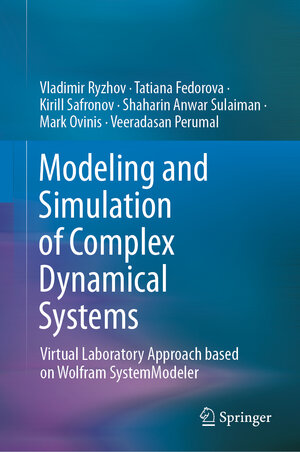
Modeling and Simulation of Complex Dynamical Systems
Virtual Laboratory Approach based on Wolfram SystemModeler
von Vladimir Ryzhov und weiterenThis book highlights the practical aspects of computer modelling and simulation of complex dynamical systems for students. Mechanical systems are considered in the book as representative examples of dynamical systems. Wolfram SystemModeler, in combination with Learning Management System Sakai, is used as an instrument for studying features of various physical and technical phenomena and processes. Each of the presented virtual labs may be considered a stand-alone mini project to enable students to go through all the steps of mathematical modelling and computer simulation—from the problem statement to mathematical and physical analysis of the obtained result. The book is useful for teachers to organize the educational process, allowing gradual monitoring of the learning process and assessment of students’ competencies. It also allows tutors to design individual educational trajectories for students to achieve educational properties. The subject of the book is an extension of activitystarted by the international team of authors within the InMotion project of the European programme ERASMUS+.



